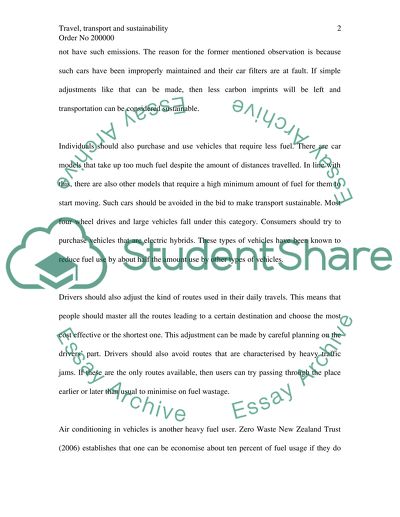Cite this document
(“Travel, Transport and Sustainability Essay Example | Topics and Well Written Essays - 2000 words”, n.d.)
Travel, Transport and Sustainability Essay Example | Topics and Well Written Essays - 2000 words. Retrieved from https://studentshare.org/miscellaneous/1529226-travel-transport-and-sustainability
Travel, Transport and Sustainability Essay Example | Topics and Well Written Essays - 2000 words. Retrieved from https://studentshare.org/miscellaneous/1529226-travel-transport-and-sustainability
(Travel, Transport and Sustainability Essay Example | Topics and Well Written Essays - 2000 Words)
Travel, Transport and Sustainability Essay Example | Topics and Well Written Essays - 2000 Words. https://studentshare.org/miscellaneous/1529226-travel-transport-and-sustainability.
Travel, Transport and Sustainability Essay Example | Topics and Well Written Essays - 2000 Words. https://studentshare.org/miscellaneous/1529226-travel-transport-and-sustainability.
“Travel, Transport and Sustainability Essay Example | Topics and Well Written Essays - 2000 Words”, n.d. https://studentshare.org/miscellaneous/1529226-travel-transport-and-sustainability.


